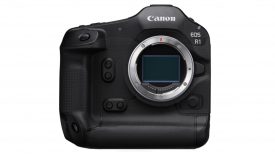Sony seem to be releasing a new camera every few weeks at the moment. Not content with the launch of the a6300, they have just announced a new camera in the RX10 line. The RX10 III is a longer zoom range version of the RX10 II (which Sony say it does not replace), which hasn’t exactly been out for very long itself.
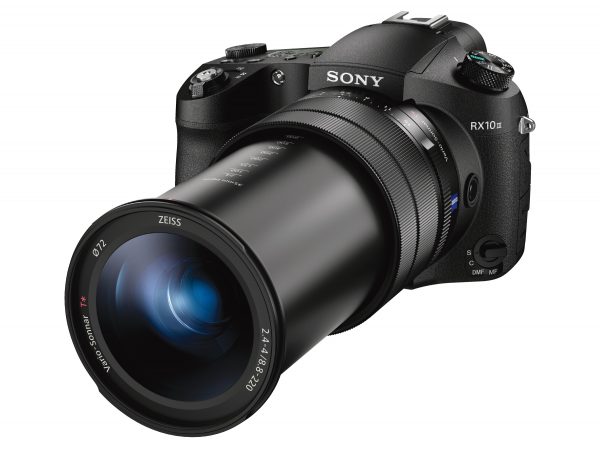
The 10x constant aperture f2.8 zoom is replaced with a whopping 25x f2.4-f4 lens. This has a focal length of 8.8-220mm which is a 35mm full frame equivalent of 24-600mm. The lens has nine aperture blades for smoother bokeh.
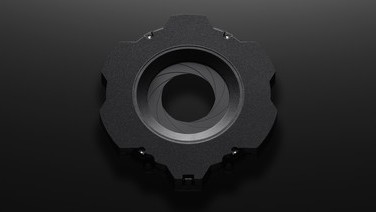
This specification means that this $1500 camera has a zoom range matching the longest found in any of Sony’s professional handycams like the X160 and X180 – surprising given that the latter cost several times more.
The bigger lens barrel allows for the addition of separate focus, aperture and zoom rings that offer full control. This is a big improvement over the RX10 and RX10 II, which had a dedicated aperture ring but a combined focus and zoom ring that changed purpose depending on the configuration. The lens has Sony’s Optical Steadishot system, which is a good thing given its length.
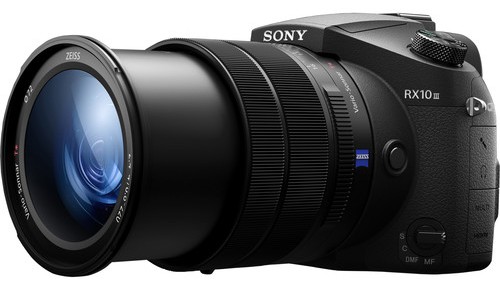
There is also a customisable button on the lens itself which can be programmed for a variety of functions. I imagine that autofocus is one of these and that together they can be used as a form of push-AF system, similar to the way it can be configured with some newer Sony Alpha lenses on the a7 range.
On the downside, it appears that Sony have omitted the built-in single strength internal ND filter that the RX10 and RX10 II have. This is one of the major plus points of those cameras and it’s a real shame not to see it in the third version. The lens does have a 72mm threaded front so you should be able to screw in regular ND filters.
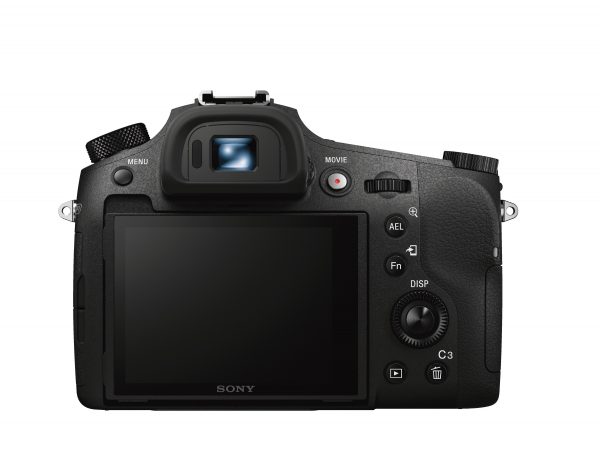
The one-inch stacked 20.1MP Exmor RS CMOS sensor appears to be the same as that on the RX10 II. As a result, the RX10 III can record 4K UHD XAVC S using a full pixel readout of the sensor with no pixel binning. It can also record high frame rates of up to 240 fps in HD, and 960 fps at lower resolution. If these high frame rates perform the same as those of the RX10 II then they will be quite soft; don’t expect the same results as you might get from one of the company’s higher end cine cameras.
The RX10 III has the usual Sony prosumer gammas including S-Log 2, but not S-Log 3.
The viewfinder is a nice 2.36 million dot OLED, which should perform well if other recent Sonys are anything to go by.
Sony have subtly rounded off the body shape of the camera and given it a sleeker look as a result. The company claims it is dust- and moisture-sealed too. Batteries are the same NP-FW50 type that anyone using a RX10 or a7 camera will be familiar with.
It has similar audio functions to the RX10 II, including the essential headphone and mic jack. It also takes the XLR-K1M and XLR-K2M XLR audio adapters.
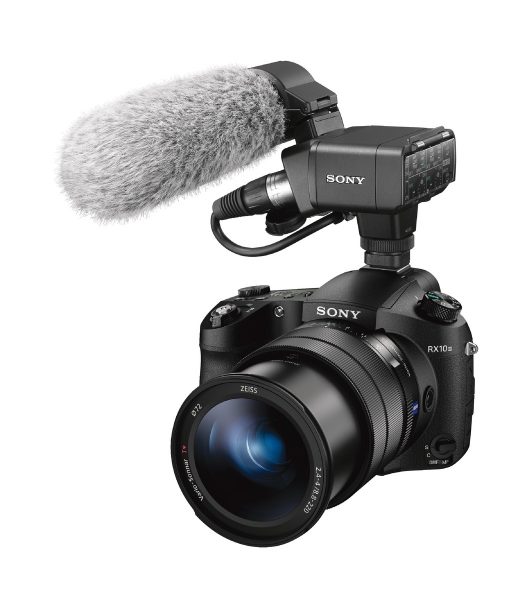
The RX10 line has long been a favourite here at Newsshooter. We recommend it to video journalists, students, multimedia shooters and professionals looking for an all-in-one carry around combination video and stills camera. The omission of built-in ND is a major negative point, as is doing away with the constant aperture. The three lens control rings and custom button are a big improvement, though. I’m sure some users will take the new camera simply because of the longer lens range. Cynically, one might suspect that leaving out the ND filter means there is still a reason to buy Sony’s higher end pro camcorders if you want to use them professionally.
[caption id="attachment_31608" align="aligncenter" width="600"]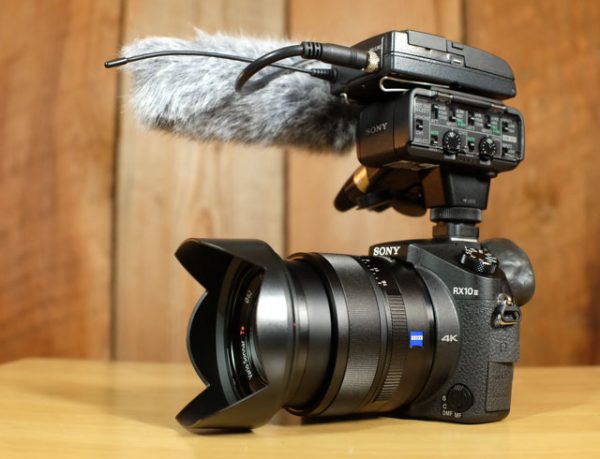 The RX10 II is still a very capable video journalism tool with some advantages over the newer model.
The RX10 II is still a very capable video journalism tool with some advantages over the newer model.
Sony say the RX10 II is not discontinued and will run in parallel with the RX10 III. This is a good thing because I think the second version is a better all round video journalism tool than the new one – at least on paper – and cheaper to boot. Of course, time will tell and we hope to be able to test this camera out soon.




